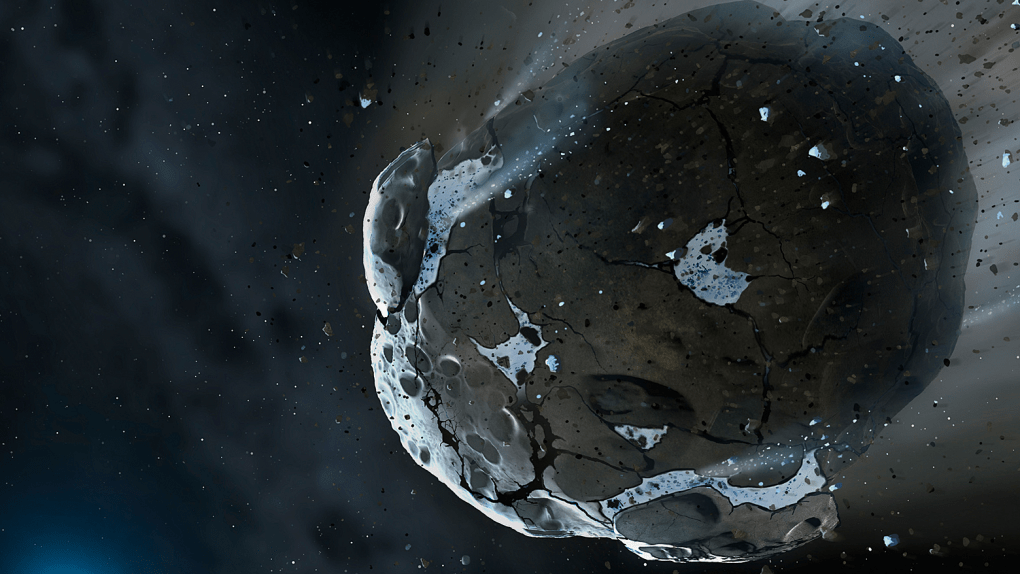If the thought of an asteroid careening toward Earth keeps you up at night you can breathe a little easier today, as scientists have now ruled out a potential impact from the space rock known as 2006 QV89. The rock, which was discovered in 2006, was only visible for a few months after astronomers spotted it, and that wasn’t nearly enough time to forecast its threat potential at the time.
Now, after spotting it once again this month, its course has been plotted for the foreseeable future, and researchers have declared the rock poses no threat to Earth for at least the next century.
When scientists lost track of the 100-foot-wide asteroid in late 2006 nobody really knew how big of a danger it might pose to Earth. Based on what they knew at the time, researchers couldn’t rule out the chance that it might impact Earth in the near future, and perhaps even as soon as 2019.
“There is a big difference between knowing where a hazardous asteroid isn’t, and knowing where it is,” David Tholen of the University of Hawaii’s Institute for Astronomy said in a statement. Tholen led the research effort to re-discover the rock and found numerous potential candidates based on where the asteroid was estimated to be.
“Our highest priority target for Saturday night was the best 2006 QV89 candidate, and despite some thin cirrus clouds and a lot of moonlight, we needed only four minutes of data to obtain proof that we had found the right object,” Tholen explained.
Further observations helped the team nail down which object was the asteroid in question, and the scientists were able to track its position and orbit with enough accuracy to definitively rule it out as a potential impactor… for the next 100 years, at least.








